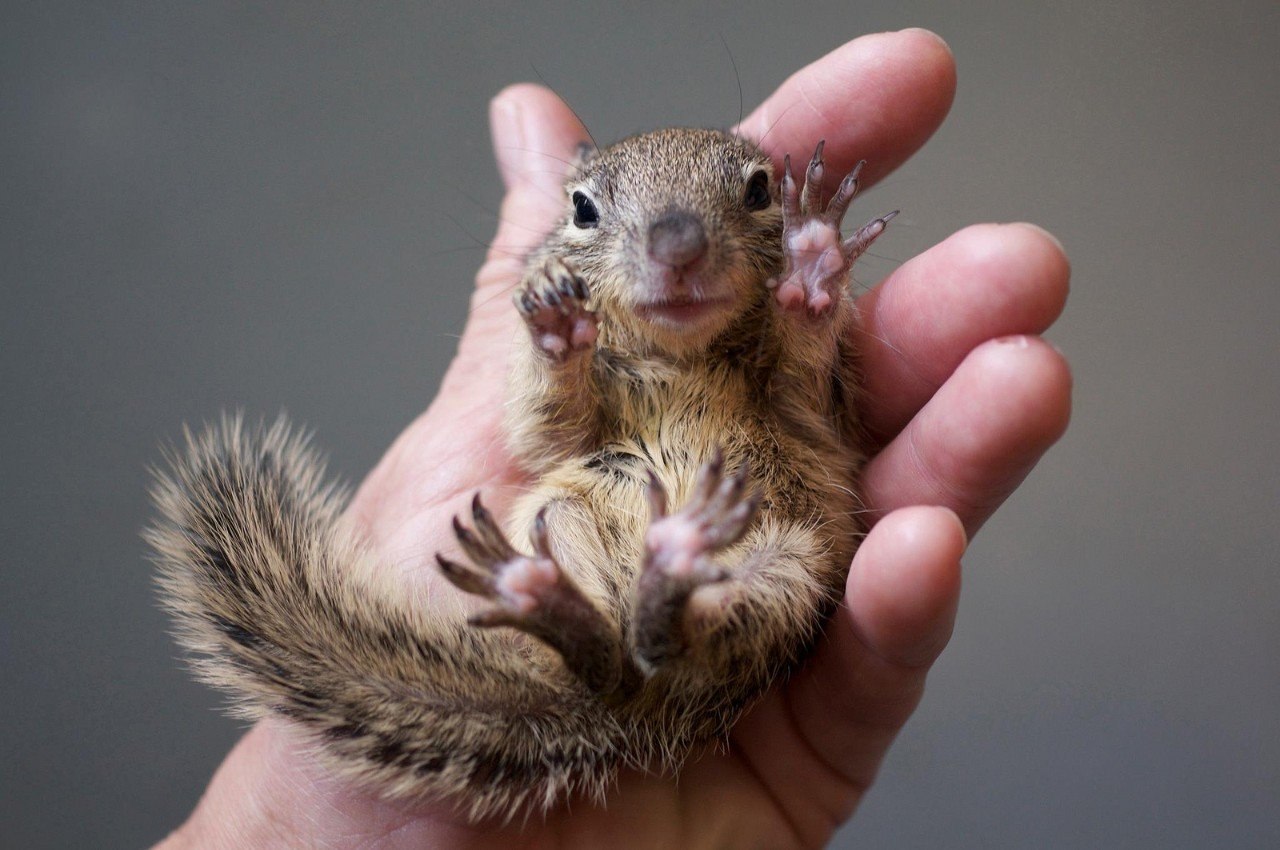
Caring for a Wild Baby Squirrel: A Comprehensive Guide
Introduction
Baby squirrels, with their wide eyes and delicate features, can evoke a sense of tenderness and a desire to help. However, it’s crucial to approach the care of a wild baby squirrel with caution and a deep understanding of their specific needs. This comprehensive guide will provide you with the essential knowledge and steps to take when caring for a wild baby squirrel, ensuring its well-being and successful return to the wild.
Assessing the Situation
Before attempting to care for a baby squirrel, it’s essential to assess the situation and determine if intervention is necessary. Here are some guidelines:
- Leave it alone: If the baby squirrel is healthy, uninjured, and its mother is nearby, it’s best to leave it alone. The mother will provide the necessary care and protection.
- Intervene: If the baby squirrel is injured, orphaned, or in immediate danger, intervention is necessary. Contact a licensed wildlife rehabilitator or veterinarian for assistance.
Providing Emergency Care
If immediate care is required, follow these steps:
- Warmth: Gently wrap the baby squirrel in a soft, warm towel or blanket. Place it in a warm, quiet place, such as a cardboard box lined with soft material.
- Hydration: Offer the baby squirrel a few drops of electrolyte solution or Pedialyte using a syringe or dropper. Do not force it to drink.
- Stimulation: Gently rub the baby squirrel’s back and abdomen to stimulate urination and defecation.
- Contact a professional: As soon as possible, contact a licensed wildlife rehabilitator or veterinarian for further care and guidance.
Long-Term Care
If you’re unable to contact a wildlife rehabilitator or veterinarian immediately, you may need to provide long-term care for the baby squirrel. Follow these guidelines:
1. Housing
- Enclosure: Provide a spacious enclosure with plenty of room for movement. A large cardboard box or a small animal cage lined with soft bedding is suitable.
- Temperature: Baby squirrels require a warm environment. Place a heating pad set to low under half of the enclosure, providing a temperature gradient for the squirrel to regulate its body temperature.
- Bedding: Use soft, absorbent bedding materials such as fleece, towels, or shredded paper. Keep the bedding clean and dry.
2. Nutrition
- Formula: Feed the baby squirrel a specialized formula designed for baby squirrels. Follow the instructions on the formula carefully.
- Feeding schedule: Feed the baby squirrel every 2-3 hours during the day. Gradually reduce the frequency as it grows older.
- Feeding method: Use a syringe or dropper to gently feed the baby squirrel. Do not force it to eat.
3. Hydration
- Water: Provide fresh water in a shallow dish.
- Electrolyte solution: Offer the baby squirrel electrolyte solution or Pedialyte occasionally to prevent dehydration.
4. Stimulation
- Massage: Gently massage the baby squirrel’s back and abdomen several times a day to stimulate urination and defecation.
- Exercise: As the baby squirrel grows older, provide it with opportunities to exercise and explore its enclosure.
5. Hygiene
- Cleaning: Keep the baby squirrel and its enclosure clean to prevent infections. Gently wipe its body with a warm, damp cloth as needed.
- Grooming: Brush the baby squirrel’s fur gently to remove any debris or parasites.
6. Socialization
- Minimize handling: Handle the baby squirrel only when necessary for feeding, cleaning, or medical care.
- Provide enrichment: Offer the baby squirrel toys, such as small balls or stuffed animals, to encourage play and mental stimulation.
Rehabilitation and Release
The ultimate goal of caring for a wild baby squirrel is to rehabilitate it and return it to the wild. Here’s how:
- Gradual weaning: As the baby squirrel grows older, gradually reduce the frequency of feedings and introduce solid foods, such as nuts and seeds.
- Outdoor enclosure: Once the baby squirrel is fully weaned and strong enough, provide it with an outdoor enclosure where it can practice climbing, foraging, and interacting with other squirrels.
- Release: When the baby squirrel is fully mature and independent, release it in a suitable habitat with an established squirrel population.
Legal Considerations
It’s important to note that caring for a wild baby squirrel may require permits or licenses in certain jurisdictions. Check with your local wildlife authorities for specific regulations.
Conclusion
Caring for a wild baby squirrel is a rewarding yet challenging experience. By following the guidelines outlined in this guide, you can provide the necessary care and support to ensure the squirrel’s well-being and successful return to the wild. Remember to prioritize the squirrel’s health and safety, and always seek professional assistance when needed.
